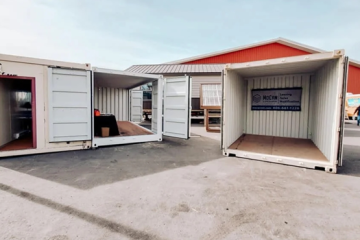Passive Antennas with Utförande RF Drive Test Software & LTE 4G Tester tools

5G Performance and Energy Efficiency
As mobile data traffic is anticipated to nearly triple by 2030, communication service providers (CSPs) are actively seeking solutions to enhance network performance while reducing energy consumption. Advanced passive antenna systems play a pivotal role in addressing these challenges by delivering superior coverage, increased throughput, and improved energy efficiency. So, now let us see How Passive Antennas Are Quietly Reshaping 5G Performance and Energy Efficiency along with Accurate LTE RF drive test tools in telecom & RF drive test software in telecom and Accurate 4G Tester, 4G LTE Tester, 4G Network Tester and VOLTE Testing tools & Equipment in detail.
Antenna System Overview
The Antenna System offers a comprehensive portfolio supporting a wide range of frequency bands, from 600 MHz to 6 GHz. It incorporates technologies such as Time Division Duplex (TDD), Frequency Division Duplex (FDD), multi-beam configurations, and beamforming capabilities. These solutions ensure seamless network integration and real-world performance optimization, providing future-ready performance that balances speed, coverage, and sustainability.
Impact of Passive Antennas on 5G Network Performance
Passive antennas significantly influence 5G performance by optimizing signal strength, minimizing interference, and reducing energy use. A study conducted by ABI Research highlights the following:
– Beam Efficiency and Throughput: An 11% improvement in beam efficiency can lead to an 18% increase in downlink throughput and a 21% increase in uplink throughput at the cell edge.
– Energy Efficiency: Optimized antenna design can yield a 7.5% improvement in energy efficiency (measured in GB/kWh) and a 29% reduction in radio energy consumption.
Enhancing Uplink Performance
With the growing demand from video calls, social uploads, and AI-driven applications, uplink performance is increasingly important. Passive antennas help by:
– Strengthening signal quality and network stability through better beam patterns and side lobe suppression.
– Reducing interference for improved connectivity.
– Improving power efficiency, which extends device battery life.
– Lowering power needs for sustainable networks.
Energy Efficiency and Sustainability
Mobile operators are prioritizing energy efficiency to lower carbon emissions while maintaining robust network performance. Passive antennas support this goal by:
– Utilizing beamforming for precise signal transmission.
– Suppressing side lobes to reduce energy waste.
– Lowering power requirements for infrastructure and end-user devices.
Commitment to Innovation
These innovations in antenna technology enable mobile operators to build efficient and future-proof networks. By enhancing network performance, sustainability, and lowering total cost of ownership (TCO), modern passive antenna systems deliver high-impact network improvements. The result: better coverage, improved uplink performance, reduced energy usage, and efficient spectrum utilization.
About RantCell
RantCell is a cost-effective, cloud-based mobile network testing and monitoring solution designed for telecom operators, enterprises, and government agencies. It enables seamless performance evaluation across GSM, 3G, 4G, and 5G networks using off-the-shelf Android devices—eliminating the need for expensive hardware and traditional drive testing.
With features like Layer 3 KPI analysis, Bandlocking, remote testing, and crowdsourced active testing, RantCell provides real-time insights into network quality, coverage, and reliability. Whether optimizing urban connectivity or assessing rural deployment, RantCell delivers actionable intelligence to enhance efficiency and user experience. Read similar articles from here.











